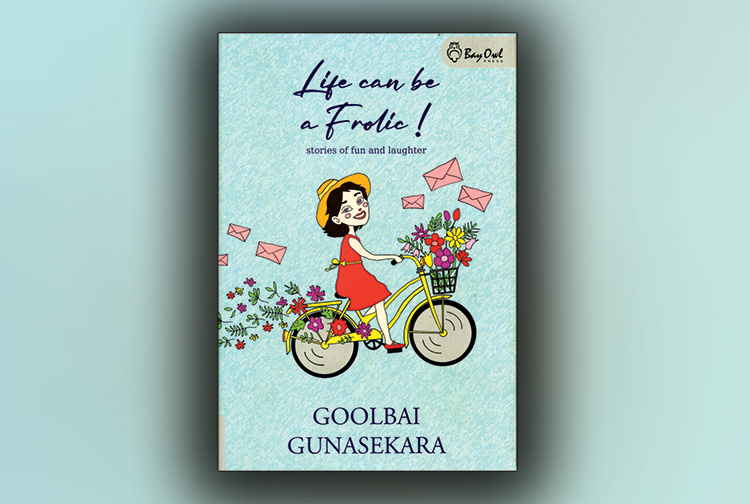Features
THE TEA PARTY

(Excerpted from Life is a Frolic by Goolbai Gunasekera)
WHEN I WAS GROWING up – a long, long time ago obviously, cocktail parties were not a vital part of the social scene. Embassies had not got their act together for the simple reason the ink was barely dry on our declaration of independence and the old culture of British Tea Parties was still operative. Our own Ceylon ambassadors were just being appointed to the main world capitals and reciprocation was equally slow.
The Tea Party was decorously handled, but it was rarely a diplomatic invitation. We were too young to get invitations ourselves, but as we grew into teenage hood it was acceptable if we accompanied our mamas to one or two of these thrilling events. I loved that Tea Party time. It was the place Colombo ladies interacted with each other and kept abreast of what was happening and where. Remember that most families had just ONE family phone placed right in the centre of the house so everyone (and I do not mean the children of the house) had access to it. Gossip on the phone was easily overheard and was thus not indulged in.
In trying to describe the whole social round to granddaughter KitKat, I realized how far we have changed, advanced, developed, socially matured (take your pick) since that time. I cannot weigh the happiness quotient of earlier years as compared to what it is today, but it seemed far easier to throw a party 60 years ago than it does in the new era. Far, far cheaper too even when the value of the rupee used to be balanced to suit the two eras equitably.
Since my mother was American, she occasionally took me along to the American Embassy. The tea parties (embassy or otherwise) followed a pattern. We were met graciously at the door by the hostess who proceeded to tell mothers of all teenagers present just how lovely their daughters were growing up to be. Still in dowdy dresses and plaits, we wondered how she worked that prediction out.
Food was buffet style. But, imagining our eyes light up at the array, our mothers had hissed in advance, “You are NOT to fill your plate.” Exactly an hour and a half later, goodbyes were said, and we went home as hungry as when we started out.
There were no fashion reporters. Kirthi (one of the first such beings) had not yet begun his glittering career. Ladies dressed well, but were not into remembering which sari they had worn for the last decorous ‘do’. It was not a social gaffe to repeat one’s clothes. Teenage fashions were non-existent except in one or two rare cases.
My friend Malinee was one such rare case. Sylphlike and beautiful she was put into a sari early and soon she had a most enviable collection of ‘Kashmirs’. Schoolmates Mohini and I complained vainly to parents who closed their ears to such foolish importuning.
“You certainly cannot have a sari to wear to Auntie Doreen’s tea. Don’t be ridiculous.”
Eventually, time triumphed. Parents would have held back the transition as long as they dared but hem lines were soon going to meet panty lines if we did not get new wardrobes. The modern variety available was unheard of. There was no Avirate, ODEL or any of the ‘off-the-hanger’ dresses of today. We were taken to ‘Chandirams’, the sari shop of the time, where dear Mr Chandiram decreed what we should wear (he put me in yellow chiffon and Mohini in blue). Malinee in the meantime was in all colours of the rainbow and wowing everybody from Colombo society to Buckingham Palace tea parties.
There was no interval between wearing of the party dress and the sari. One day we looked like nothing on earth in school uniforms and tightly tied hair and the next day we had our hair down, wore lipstick and looked totally glamorous (we thought) in sari.
“Goodness,” gasped Baron Ros, a retired Italian diplomatic resident in Colombo, “You all looked like nothing on earth last week. You look stunning now!”
We preened happily. We have never looked back.
(This article has been excerpted from Goolbai Gunasekera’s most recently published book now available at leading book stores)